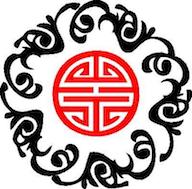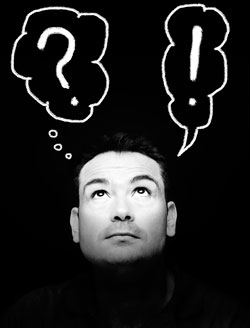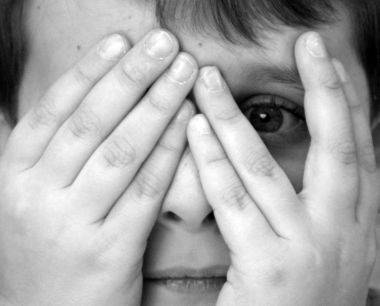Beliefs, Rationalizations, and the Effectiveness of Treatment
by Armand Crolli Did you ever have a therapy or modality have to be constantly repeated because the results didn’t hold for long periods of time? Did you ever wonder why that was, when it was clearly working for others?Part of the reason for this is derived from belief. A belief, as we define it …


